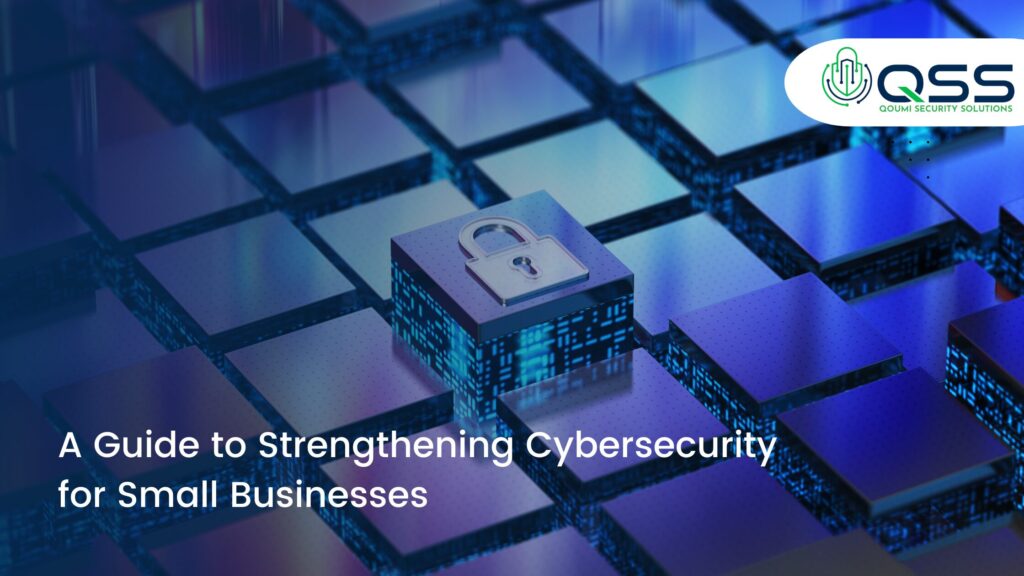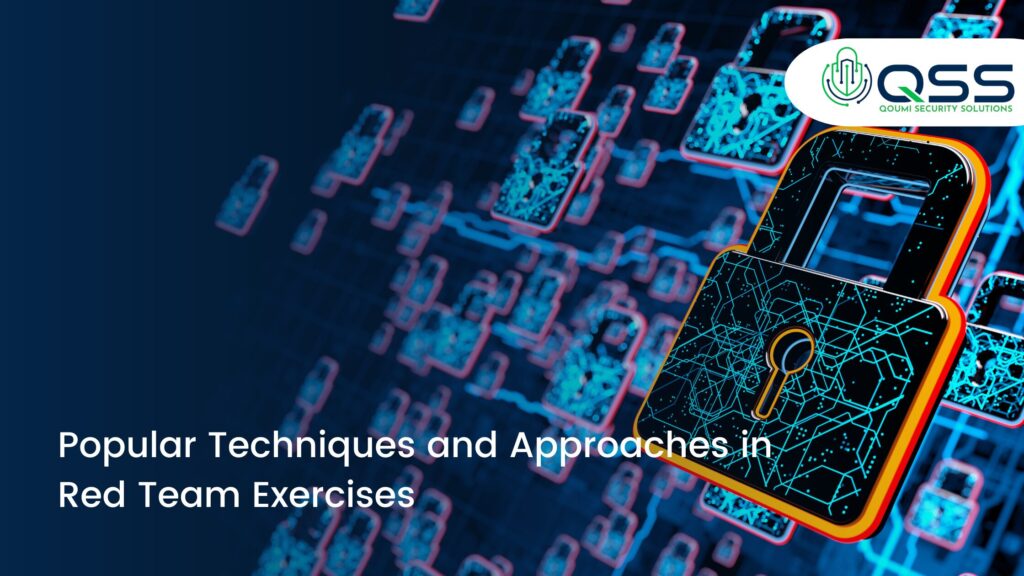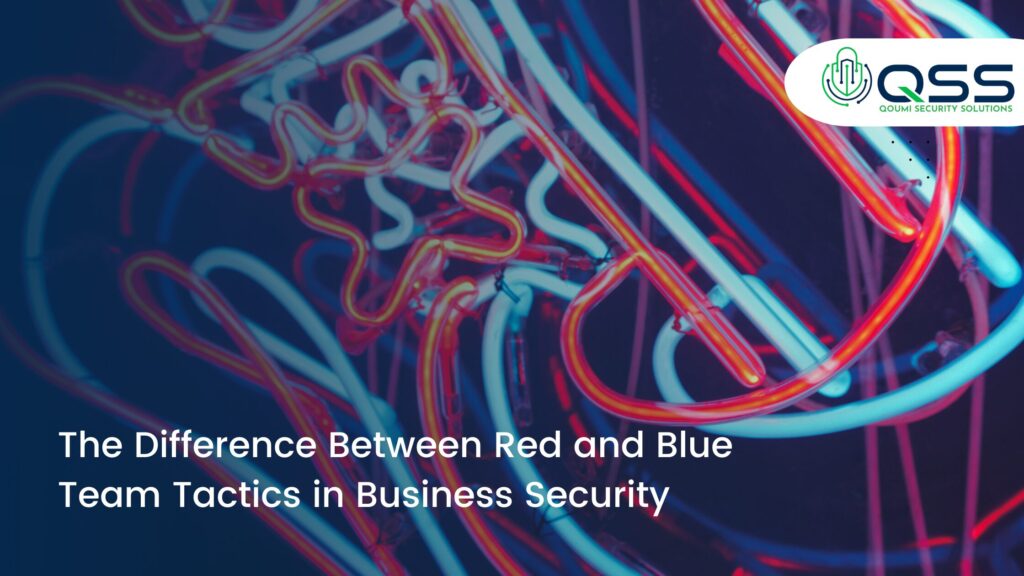Single Blog
A Guide to Strengthening Cybersecurity for Small Businesses
A Guide to Strengthening Cybersecurity for Small Businesses

In today’s interconnected world, small businesses face growing threats from cybercriminals who exploit vulnerabilities for financial gain, data breaches, or system disruptions. Despite the perception that only large corporations are targeted, small businesses often become victims due to inadequate cybersecurity measures. This guide provides essential steps to help small businesses bolster their cybersecurity defenses.
Understanding the Cybersecurity Threat Landscape
Small businesses face a variety of cyber threats, including:
1. Phishing Attacks: Fraudulent attempts to obtain sensitive information through deceptive emails or messages.
2. Ransomware: Malicious software that encrypts data and demands payment for decryption.
3. Malware: Harmful software designed to damage, disrupt, or gain unauthorized access to
systems.
4. Data Breaches: Unauthorized access to sensitive information, often resulting in financial and reputational damage.
5. Insider Threats: Malicious or careless actions by employees that compromise cybersecurity.
Why Small Businesses Are Vulnerable
• Limited IT Resources: Small businesses often lack dedicated cybersecurity staff.
• Outdated Software: Budget constraints may lead to delays in updating software and systems.
• Lack of Awareness: Employees may not be adequately trained to recognize cyber threats.
• Supply Chain Vulnerabilities: Partnerships with larger firms can expose small businesses to cyber risks.
Essential Steps to Strengthen Cybersecurity
1. Implement Strong Password Policies
• Encourage employees to use complex passwords with a mix of uppercase and lowercase
letters, numbers, and special characters.
• Enforce regular password changes and prohibit password reuse.
• Use password managers to store and manage login credentials securely.
2. Enable Multi-Factor Authentication (MFA)
• Require an additional layer of verification, such as a code sent to a mobile device or biometric authentication, to access critical systems.
3. Regular Software Updates and Patch Management
• Keep operating systems, software, and applications up to date.
• Automate updates whenever possible to ensure timely patching of vulnerabilities.
4. Secure Network Infrastructure
• Use firewalls to monitor and control incoming and outgoing network traffic.
• Encrypt sensitive data and communications using Virtual Private Networks (VPNs).
• Implement network segmentation to limit access to sensitive information.
5. Employee Training and Awareness
• Conduct regular training sessions to educate employees about cybersecurity best practices.
• Simulate phishing attacks to assess and improve employee readiness.
• Establish a clear incident reporting process.
6. Data Backup and Recovery Plans
• Regularly back up critical data to secure, offsite locations.
• Test data restoration processes to ensure they work efficiently during emergencies.
7. Secure Endpoint Devices
• Implement endpoint protection solutions, including antivirus and anti-malware software.
• Ensure that all company devices are encrypted and protected with secure passwords.
• Establish remote wipe capabilities for lost or stolen devices.
8. Access Control and Role-Based Permissions
• Limit access to sensitive information based on job roles.
• Implement the principle of least privilege to minimize potential damage from compromised
accounts.
9. Incident Response Plan
• Develop and document a clear incident response plan.
• Assign roles and responsibilities for managing cybersecurity incidents.
• Conduct regular drills to test the effectiveness of the plan.
10. Third-Party Risk Management
• Vet third-party vendors and service providers for their cybersecurity practices.
• Include cybersecurity clauses in contracts to ensure accountability.
Emerging Cybersecurity Trends for Small Businesses
1. Zero Trust Security Model
• This approach requires verification for every user and device attempting to access network
resources, even those inside the network.
2. Artificial Intelligence (AI) and Machine Learning (ML)
• AI-powered security tools can identify and respond to threats in real-time, enhancing
protection against sophisticated attacks.
3. Cloud Security Solutions
• Cloud-based security tools offer scalable and cost-effective solutions for small businesses.
4. Cyber Insurance
• Investing in cyber insurance can provide financial protection in the event of a data breach or cyberattack.
Regulatory Compliance and Legal Considerations
Small businesses must also comply with various cybersecurity regulations depending on their
industry and location. Common frameworks and regulations include:
• General Data Protection Regulation (GDPR) for businesses handling data from the European
Union.
• California Consumer Privacy Act (CCPA) for companies operating in California.
• Payment Card Industry Data Security Standard (PCI DSS) for businesses handling credit card information.
Understanding and adhering to these regulations can help small businesses avoid legal penalties and enhance customer trust.
Measuring the Effectiveness of Cybersecurity Measures
To ensure that cybersecurity efforts are effective, small businesses should:
• Conduct regular security assessments and vulnerability scans.
• Monitor network activity for signs of unauthorized access.
• Review and update cybersecurity policies and procedures periodically.




